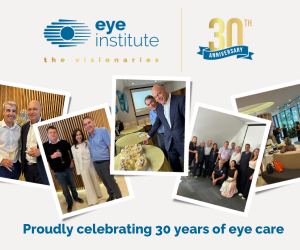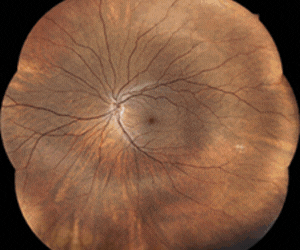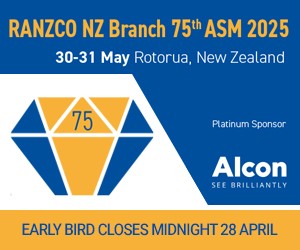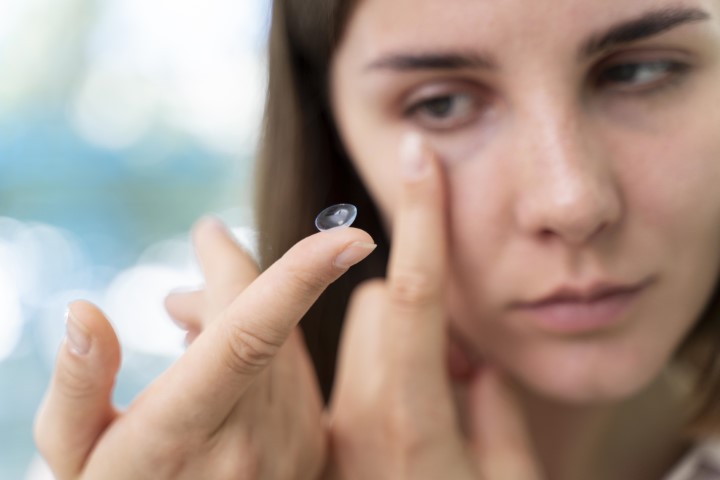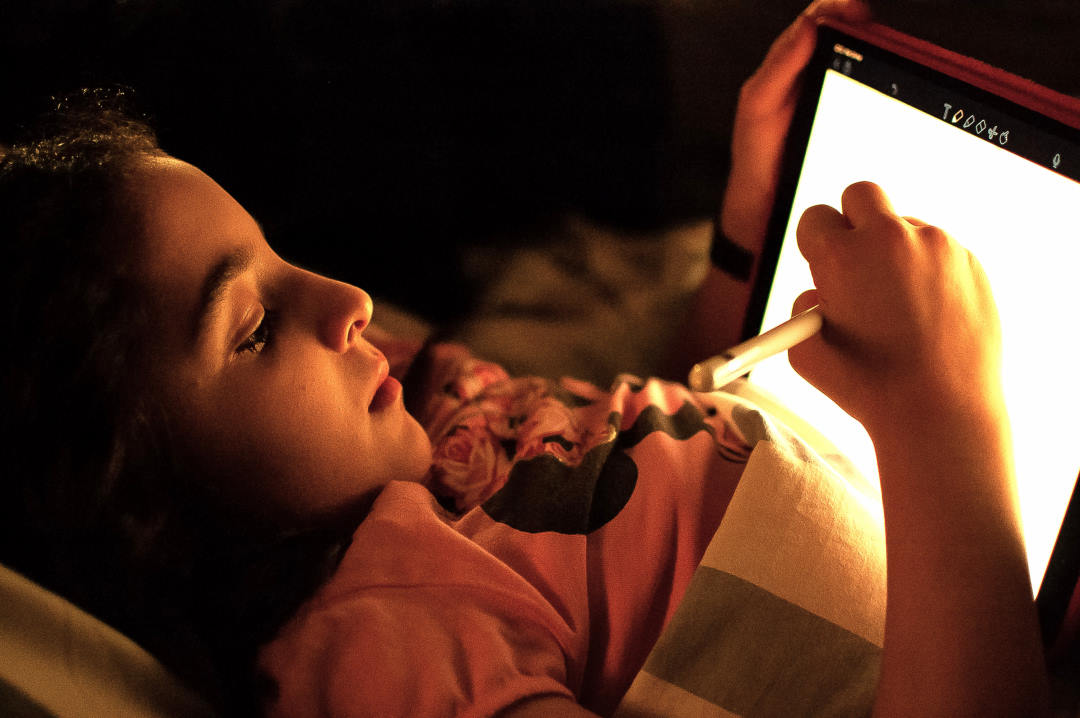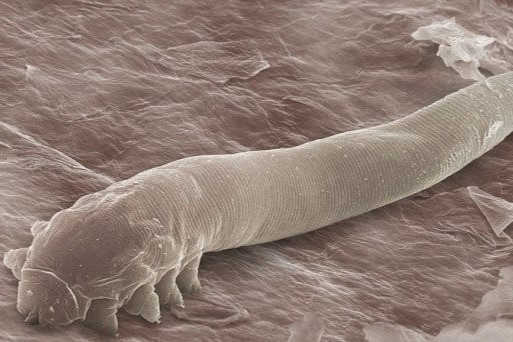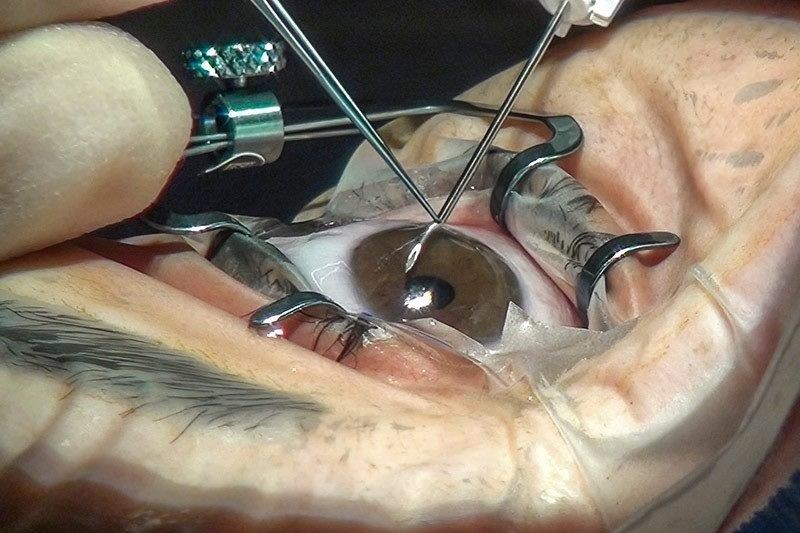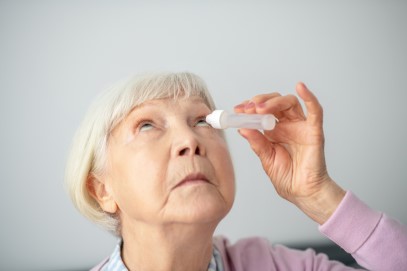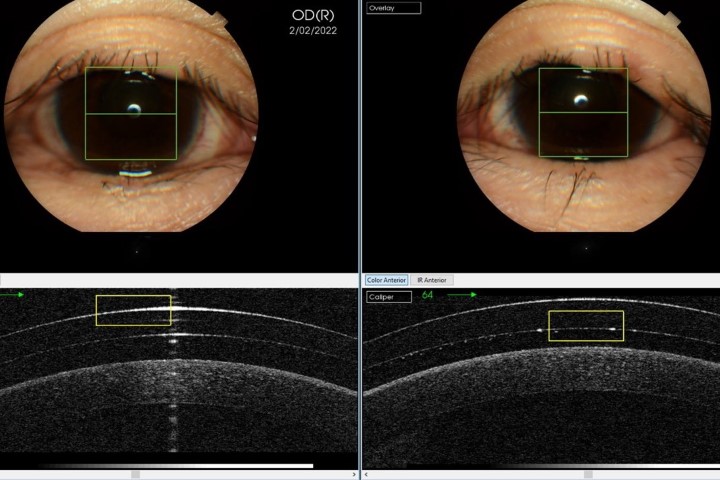Contact lens discomfort – a persistent challenge
Successful contact lens wear has been defined as being able to comfortably wear contact lenses for at least 12 hours per day for at least six days a week while still being able to see at least as well as while wearing spectacles¹. Despite continual efforts towards improving contact lens materials, design and lens care solutions, contact lens discomfort (CLD) still limits the success of contact lens wear² often resulting in contact lens dropout.
CLD is “a condition characterised by episodic or persistent adverse ocular sensations related to lens wear, either with or without visual disturbance, resulting from reduced compatibility between the contact lens and the ocular environment, which can lead to decreased wearing time and discontinuation”³. It is a multifactorial condition and determining its root cause(s) can often prove challenging, leading to delay in addressing the issue and potentially increasing the risk of drop out. Like many conditions, early diagnosis is key to ensuring an optimal contact lens wearing experience.
Under the leadership of Professor Lyndon Jones (CORE, Canada) and Professor Nathan Efron (Queensland, Australia), I was fortunate to be involved as a member of the contact lens sub-committee of the TFOS Lifestyle Workshop that conducted a systematic review and meta-analysis to investigate associations between behavioural and environmental lifestyle factors, and the frequency of soft contact lens dropout². Randomised controlled trials, as well as prospective and retrospective cohort studies, were included.
One of the major reasons reported by contact lens wearers for ceasing wear included CLD. Considering that a diagnosis of CLD is made based predominantly on symptoms, a validated questionnaire such as the Contact Lens Dry Eye Questionnaire-8 (CLDEQ-8) can be helpful in confirming the diagnosis and monitoring change over time. A cut-off score of ≥ 12 is used to diagnose CLD and an improvement of three points is considered clinically significant⁴. Patients experiencing CLD typically report a reduction in comfortable wearing time before temporarily or permanently discontinuing contact lens wear. Thus, CL comfortable wearing time forms a key part in the diagnosis of CL discomfort³. It’s therefore recommended that contact lens practitioners ask questions around reduced-lens wear time and employ validated questionnaires to identify CLD at an early stage.
A current research focus in the Ocular Surface Laboratory is to better understand the underlying pathophysiological mechanisms of CLD and assess therapeutic strategies for improving comfortable contact lens wear time. Look out for social media updates or check out our website to find out about opportunities for study participation for CL wearers. We look forward to reporting study outcomes in future issues of NZ Optics!
References
- Terry R, Schnider C, Holden B, Cornish R, Grant T, Sweeney D, et al. CCLRU standards for success of daily and extended wear contact lenses. Optom Vis Sci. 1993;70(3):234-43
- Jones L, Efron N, Bandamwar K, Barnett M, Jacobs D, Jalbert I, et al. TFOS Lifestyle: Impact of contact lenses on the ocular surface. Ocul Surf. 2023;29:175-219
- Nichols J, Willcox M, Bron A, Belmonte C, Ciolino J, Craig J, et al. The TFOS International Workshop on Contact Lens Discomfort: executive summary. Invest Ophthalmol Vis Sci. 2013;54(11):TFOS7-TFOS13
- Chalmers R, Keay L, Hickson-Curran S, Gleason W. Cutoff score and responsiveness of the 8-item Contact Lens Dry Eye Questionnaire (CLDEQ-8) in a Large daily disposable contact lens registry. Cont Lens Anterior Eye. 2016;39(5):342-52
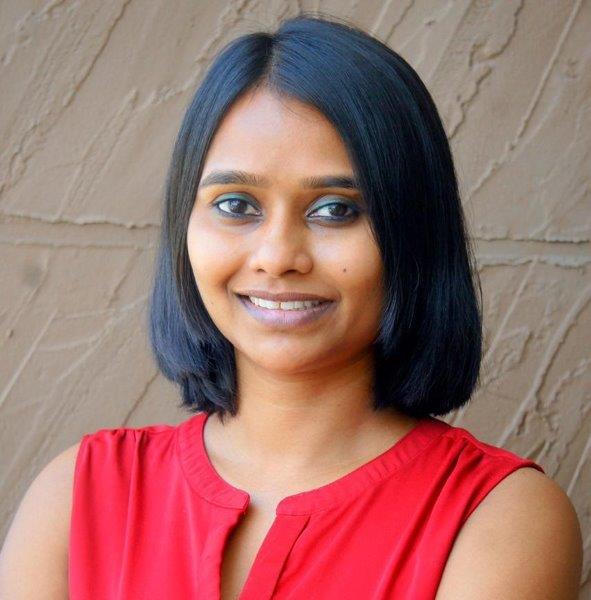
Dr Kalika Bandamwar joined the Ocular Surface Laboratory as a post-doctoral research fellow at the University of Auckland in 2022. She completed her PhD at the University of New South Wales, Australia and recently became a fellow of the British Contact Lens Association.





